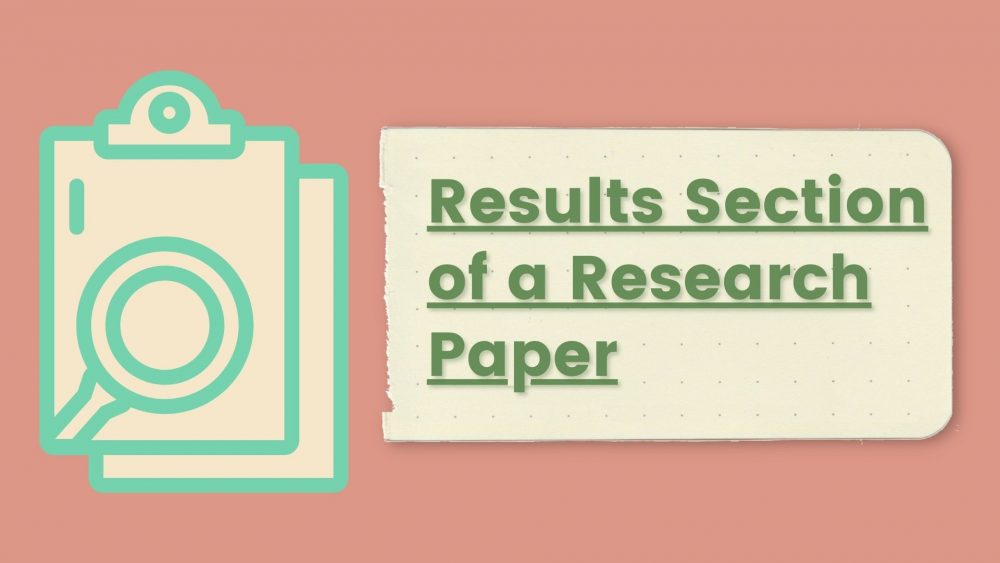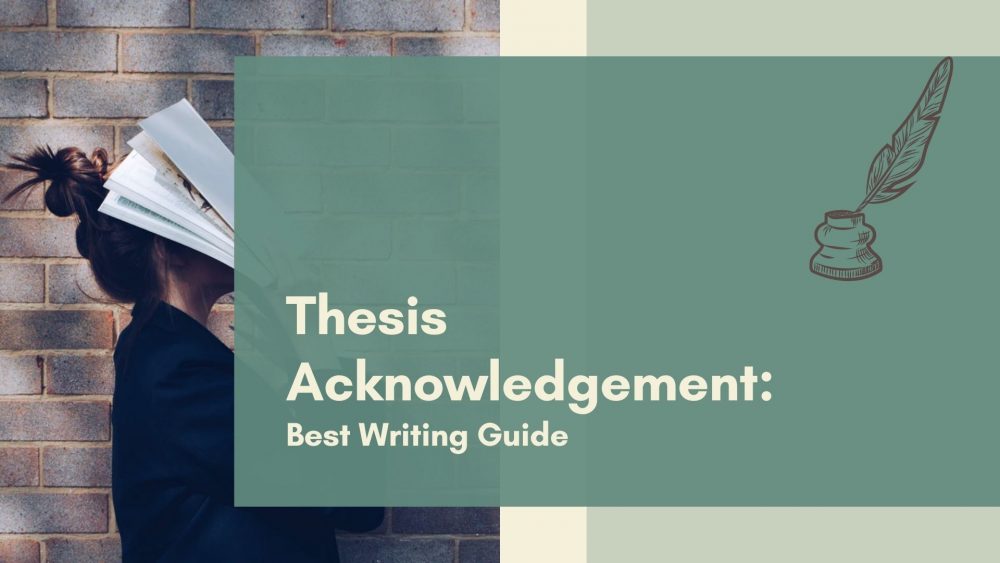Learn how you can write a top-rated dissertation abstract thick and fast, with our professional guide.
Special tip – maintain a hawk-eye to the end.
What is an Abstract in a Dissertation?
A dissertation abstract is a summary of the entire thesis. It gives the significant proponents of your paper in a highly condensed form.
An abstract in a dissertation serves the following functions:
- Acts as an introduction to your dissertation article
- Sets the stage for the thesis
- Can substitute the whole thesis
The elements of an abstract include:
- Research problem and objectives
- Methods
- Major results
- The conclusion
It is an essential component of the thesis that can either earn you a top grade or be the reason for your academic downfall.
How to Write a Dissertation Abstract
It is essential to determine the type of abstract for your dissertation. In writing a dissertation abstract, take note of the following types:
-
- Descriptive Abstract
It gives the kind of information found in your paper. A descriptive outline is usually concise and can be about 100 words or less.
-
- Critical Abstract
It describes the main findings and, additionally, a comment on the validity, completeness, or reliability of the study. Due to its interpretive nature, it generally contains 400-500 words in length.
-
- Informative Abstract
As the name suggests, this type presents and explains the main arguments, essential results, and evidence in the thesis. Although the length varies, it is not more than 300 words in length.
-
- Highlight Abstract
It serves to attract the reader’s attention to the paper. It uses leading remarks to spark the interest of the audience.
We are now going to see how to write an abstract for a dissertation in ten significant steps:
Ten Top-Notch Steps to Writing an Abstract for a Dissertation
Step 1: Define the purpose of your research
Start by making plain the purpose of your study. State the research question you are going to handle or the practical problem of your paper.
Do not delve into much detailed information here. For starters, you can have a brief context on the social or academic relevance of your topic.
Write the objectives of your research after stating the problem. When indicating the goals, use verbs such as:
- To test
- To investigate,
- To evaluate
- To analyze
Use either the present or simple past tense for this section. Do not use the future tense in any case since the research is complete already.
Dissertation abstract example for this section:
- Correct: This study evaluates the relationship between COVID-19 and flu.
- Incorrect: This study will determine the relationship between COVID-19 and influenza.
Step 2: Identify the methods you are going to use for your research
Now in this stage, clearly make mention of the ways you are going to use to answer your research question.
Write it in one to two sentences without making it too long. Ensure that the points are precise and to the end.
It should be in the simple past tense. Why? Because you have already done your research and completed it using these methods.
Do not go into the strengths and weaknesses of the research methods. The reader should be able to read through it fast and still understand the strategy and methodology of your thesis.
- Correct: Direct observation was conducted on 40 COVID-19 patients.
- Correct: Questionnaires were administered to 20 doctors dealing with COVID-19 patients.
- Incorrect: Laboratory experiments will be done with ten specimens.
Step 3: Make a summary of the results
After collecting data, it is time to give brief but elaborate results in the abstract for the dissertation.
The results section depends on the length and complexity of the research. However, ensure that it doesn’t make the abstract longer than is recommended.
Do not include irrelevant results which may not add any value to your paper. Strive to point out the essential outcomes of the article which support or answer your research question.
Write the results in either the present or simple past tense.
- Correct: Our findings show a substantial similarity in the symptoms of both COVID-19 and flu.
- Correct: Our analysis showed a significant similarity between the symptoms of both COVID-19 and flu.
- Incorrect: Our study has shown a considerable similarity in the symptoms of both COVID-19 and flu.
- Incorrect: Our findings will be showing a substantial similarity in the symptoms of both COVID-19 and flu.
Step 4: Finish off with the conclusions from your research
Your abstract should have an answer to the research question, which is in this part. Your reader should get the main point of your thesis at this point. What has your research found or proved? The conclusion should be able to tell this to the reader.
Improve the credibility of your dissertation by adding any relevant limitations in this section of the abstract. From the thesis abstract examples, we are going to see below; it is evident that the conclusion is as brief as possible.
You can also have recommendations or suggestions for further research in your conclusion. Nevertheless, they should be as brief as possible. Do not write a long list that will interfere with the length of the abstract.
Write the conclusion in the present simple tense. Here are examples for your inspiration:
- Correct: We conclude that flu is a primary symptom of COVID-19.
- Incorrect: We found that influenza is a primary symptom of COVID-19.
Bonus Tips for Writing a Dissertation Abstract
Now that we have looked at the essential steps to follow, here are some expert tips to crank up your abstract:
-
- Formatting
Follow the recommended formatting requirements for the abstract. The format will include; word limit, length, and spacing, style (APA, MLA, etc.)
The standard formatting requires that you do not write more than one double-spaced page.
-
- Avoid verbosity
Each word in a sentence counts due to the brevity of an abstract. Therefore, use short but communicating sentences.
Do not add unnecessary words or jargon, as this will obscure your abstract. Remember that the reader should be able to understand your abstract in the shortest time possible.
-
- Balance
Ensure that you maintain the proper balance between the different elements of the abstract.
Checklist for Writing an Abstract
- The type of abstract identified
- The conformity of the abstract to the conventions of the type chosen
- Is the problem interesting to write on
- What is your approach? (Prototype models, analytical models, etc.)
- What’s the answer (results)
- What is the implication of your solution? (Conclusion)
Writing a successful abstract requires both hard work and determination, but its fruits are worth the struggle. As you plan to write yours, ensure that all the elements discussed above appear in your paper.
For expert writing help, we have professional dissertation writers to get you started. What are you waiting for now?










